‘Survival’ was never intended to be the last Doctor Who story of the classic run. Penned by Rona Munro, it saw the Seventh Doctor and Ace fighting for their lives against one of the Time Lord’s deadliest enemies…
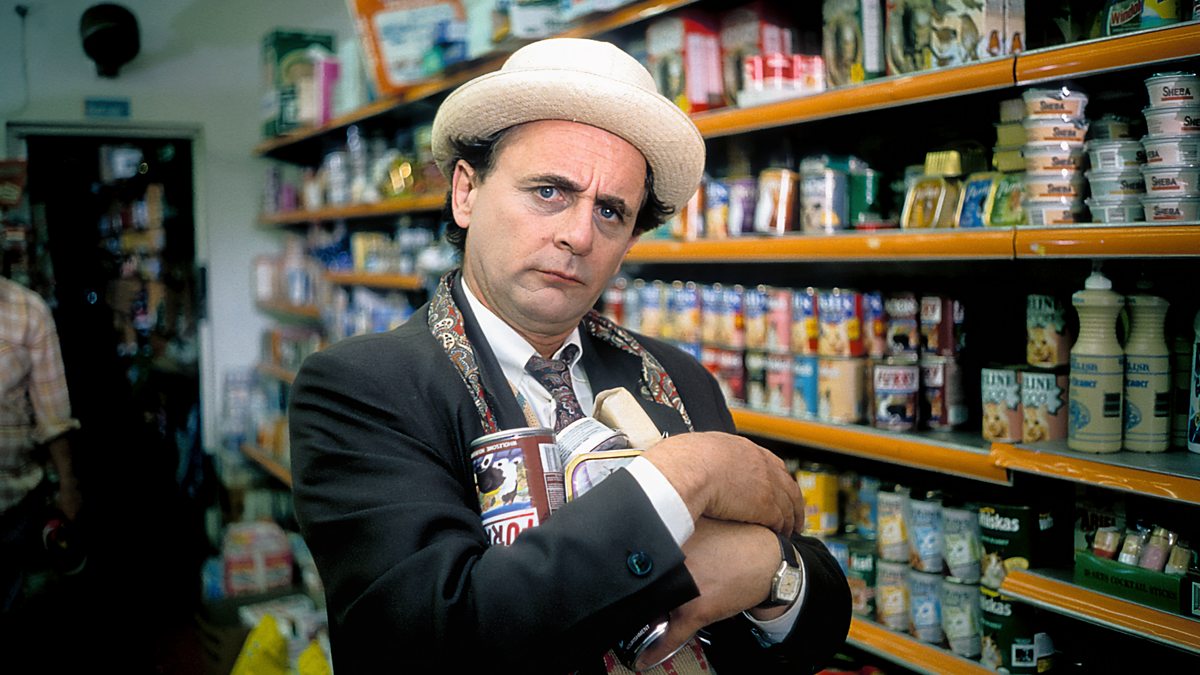
Doctor Who‘s confidence took a beating in 1985 when the BBC, without warning, put plans in motion to cancel it. This caused such shockwaves that they quickly back-peddled and said it was simply going to take a rest for 18 months, with the production team being given no indication as to what they should change, other than they were ultimately instructed to fire Colin Baker and introduce more humour into each Doctor Who story.
In the aftermath of the chaos, and with Sylvester McCoy holding the keys to the TARDIS, the series entered a period of relative stability. And by the time Season 26 came around, it had firmly found its footing. The Time Lord had become brooding and more mysterious. The stories were complex and powerful. The Time Lord’s companion Ace was proving to be layered and nuanced, and much of Season 26 focussed on her backstory and how she had become the person that she was.
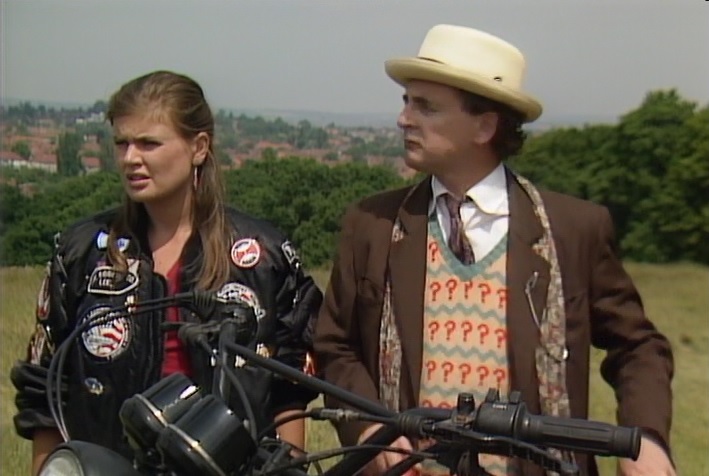
All of this culminated in the final Doctor Who story of Season 26, which saw the Time Lord bringing Ace home to Perivale to catch up with her old friends. But, mysteriously, many of them have gone missing – whisked away to the planet of the Cheetah People where they are being hunted like animals by cat-like monsters.
It is here that the Doctor encounters his old enemy the Master, who is slowly being transformed by the planet’s energy and turning into a rabid hunter. It is fitting, perhaps, that the Master turned up for what transpired to be the final Doctor Who story of the classic run.
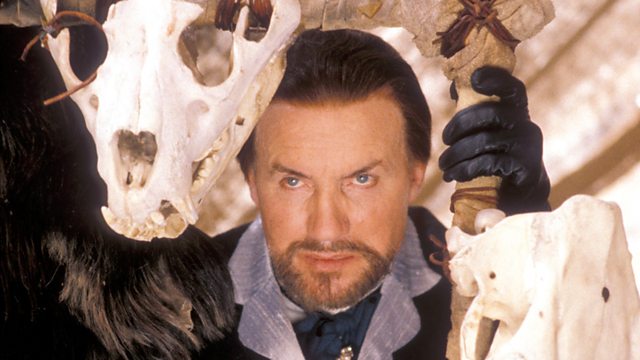
And yet the production team had no idea that they were producing the final classic Doctor Who story. As far as they were concerned, it was business as usual, and in a 1988 interview the producer John Nathan-Turner spoke about “boldly taking the show into the 90s.” Certainly, the series’ ratings weren’t at their highest, but Doctor Who had suffered from being moved in the schedule and being placed opposite the popular TV soap opera Coronation Street, making it impossible for some viewers to tune in.
There is an irony, therefore, when one watches this particular Doctor Who story knowing that it is the very last of the classic run. Even the title ‘Survival’ takes on a different, somewhat prophetic meaning; the show is fighting for its life, and it’s about to lose the battle.
Then there is the conclusion of a character arc for Ace, who finally returns home after being unceremoniously whisked away, the reasons for this having been explained in the previous story, ‘The Curse of Fenric.’ The Doctor has an epic showdown with the Master on a disintegrating world – even if half the fight takes place on a driveway, in a cul-de-sac. The story takes on an ominous air, as if the bell is tolling.
Despite this, what’s great about this particular Doctor Who story is that it’s a very good one. It’s dramatic, fast-paced and character-led; Ace is shown to be much more than just a screaming side-kick in need of rescue, and the story explores her feelings towards growing up on an estate in north-west London. There is also a hint of romance between herself and one of the Cheetah People, Karra, continuing the exploration of Ace’s sexuality which began in ‘The Curse of Fenric.’
In fact, so successful was the script for this particular Doctor Who story that its writer, Rona Munro, became the only scribe from the classic era to be asked to write for new Who, penning ‘The Eaters of Light’ for the Twelfth Doctor in 2017.
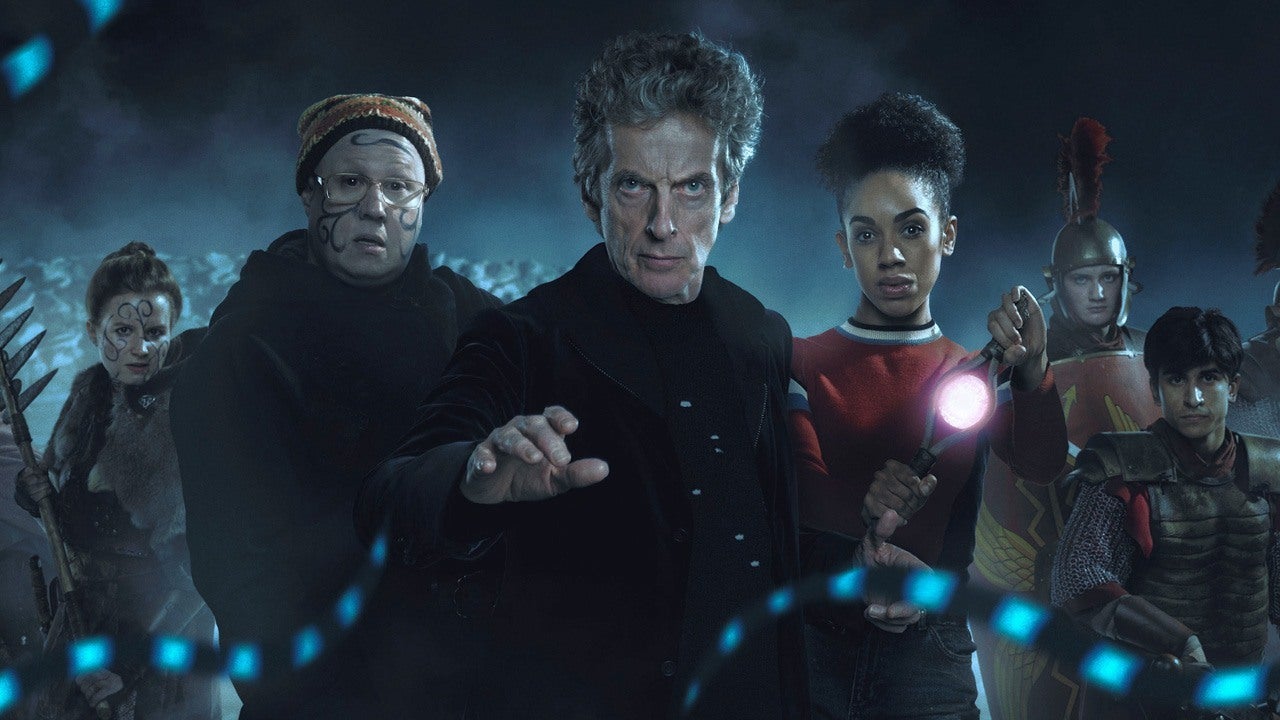
However, it did become apparent during post-production that the BBC was about to pull the plug on the series. But this time, fearing an outcry similar to the one that occurred in 1985, they were going to do it quietly; fans were told to expect a “longer than usual wait” for the next season, and were given no concrete indication as to when it would be back on their screens.
The producer John Nathan-Turner caught wind of this, and was adamant that – if this was to be the final Doctor Who story, perhaps of all time – he wanted to add a poignant, final moment for the Seventh Doctor and Ace. Thus, during post-production, Sylvester McCoy was brought back to record a final piece of dialogue, which would play out as the Doctor and Ace turned their backs to the camera and ‘walked off into the sunset.’
It’s a beautiful and now famous speech penned by the script editor Andrew Cartmel. “There are worlds out there where the sky is the burning,” the Doctor says. “Where the cities sleep and the rivers dream. People made of smoke and cities made of song. Somewhere there’s danger, somewhere there’s injustice, and somewhere else the tea’s getting cold. Come on, Ace – we’ve got work to do!”
In hindsight, it’s a fitting end to this Doctor Who story and it benefits from John Nathan-Turner’s addition. That being said, ‘Survival’ would still have made an appropriate end to the Doctor’s travels regardless – although history would have been a little different if they had stuck with the story’s working title of ‘Cat Flap’!
But if you have never seen ‘Survival’ before, it is definitely worth a couple of hours of your time. And, if you look past the obvious 80s-ness of it, you will see the new series’ finger prints all over it. Undoubtedly, ‘Survival’ paved the way for what Russell T Davies would do with Doctor Who when he brought it back in 2005.
In the meantime, tell us: what do you think of this Doctor Who story? And did you watch it on its original transmission? If so, did you have any sense that you were watching the final, classic Doctor Who adventure? Let us know in the comments below.









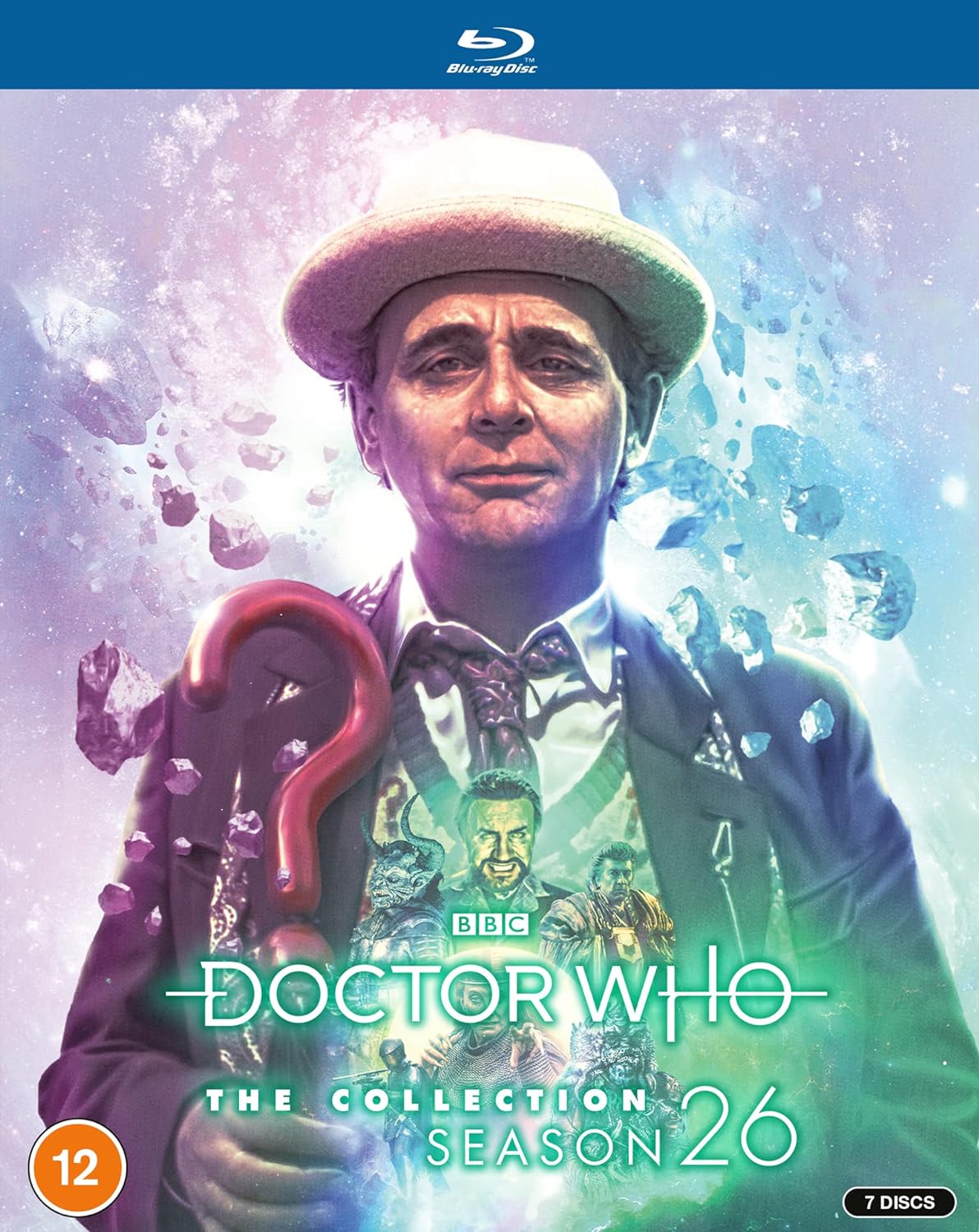
Leave a Reply